BMW Launches Production of iX5 Hydrogen-Powered SUV

BMW joined the small list of automakers producing hydrogen-powered passenger vehicles, the first of its iX5 models rolling out of a pilot plant in Munich on Friday.
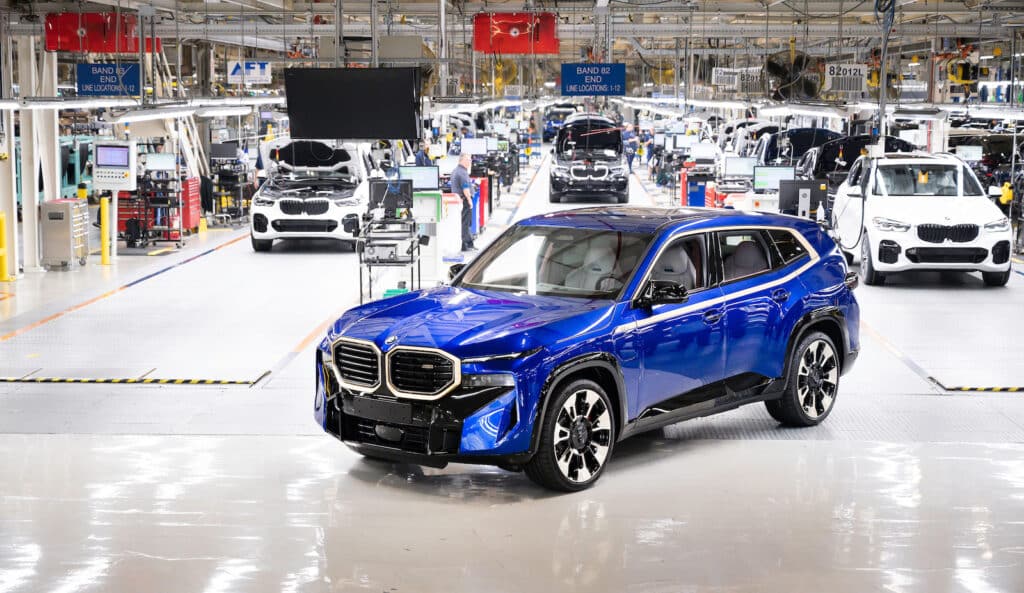
Only a limited number of iX5 crossovers will be assembled at the automaker’s Research and Innovation Center, though higher-volume output could follow, officials said, depending upon consumer interest and how the technology performs as part of a pilot program set to begin next spring.
“Hydrogen is a versatile energy source that has a key role to play as we progress towards climate neutrality,” said Frank Weber, the BMW board member overseeing R&D. “We are certain that hydrogen is set to gain significantly in importance for individual mobility and therefore consider a mixture of battery and fuel cell electric drive systems to be a sensible approach in the long term.”
No newcomer
BMW is no newcomer to the use of hydrogen, though the new pilot program marks a change in direction for the Bavarian automaker. In years past, BMW explored using the lightweight gas as a direct alternative to gasoline. The Hydrogen 7, a version of the familiar 7 Series sedan, burned the gas using a modified 6.0-liter V-12 engine. The project ran from 2005 to 2007.
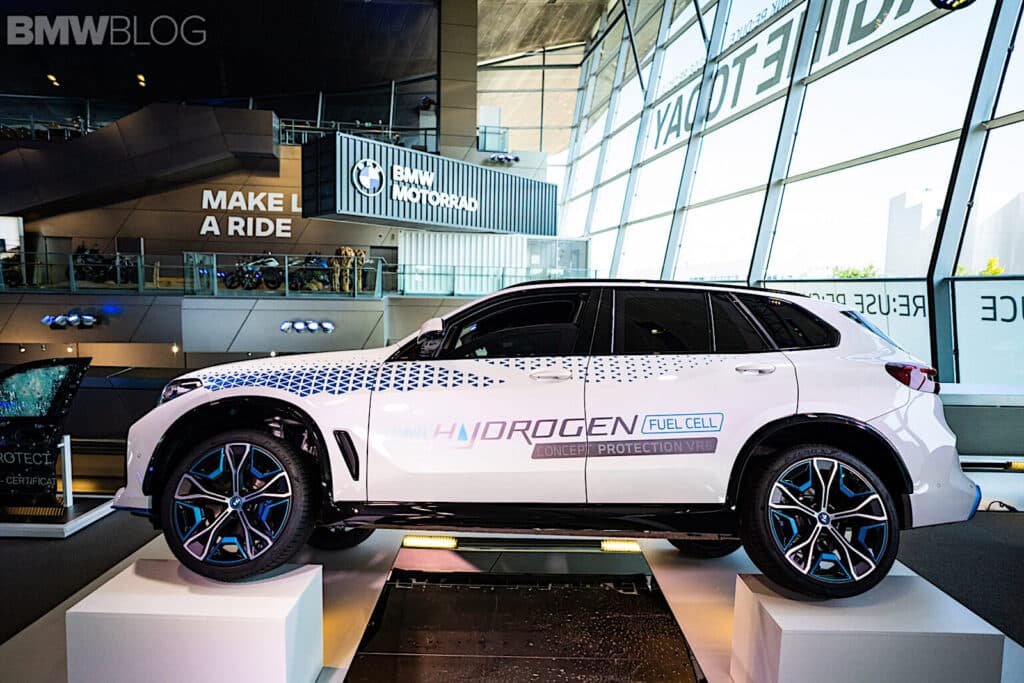
The new program replaces the internal combustion in the popular BMW X5 with a device called a fuel-cell stack. The gas is fed through a stack of membranes coated with platinum and other catalytic metals, then combined with oxygen from the atmosphere to produce water vapor. The process generates a flow of current that can be used to power the same sort of motors found in an battery-electric vehicle. As a result, fuel-cells are often referred to as refillable batteries.
The program is part of an alliance between BMW and Toyota, the Japanese automaker already selling its own fuel-cell vehicle, the Mirai. While Toyota supplies the membranes that serve as the heart of the stack, the rest of the hardware was developed — and is being produced by BMW. The fuel-cell system is built at an R&D center in the Munich suburb of Garching.
Extensive modifications
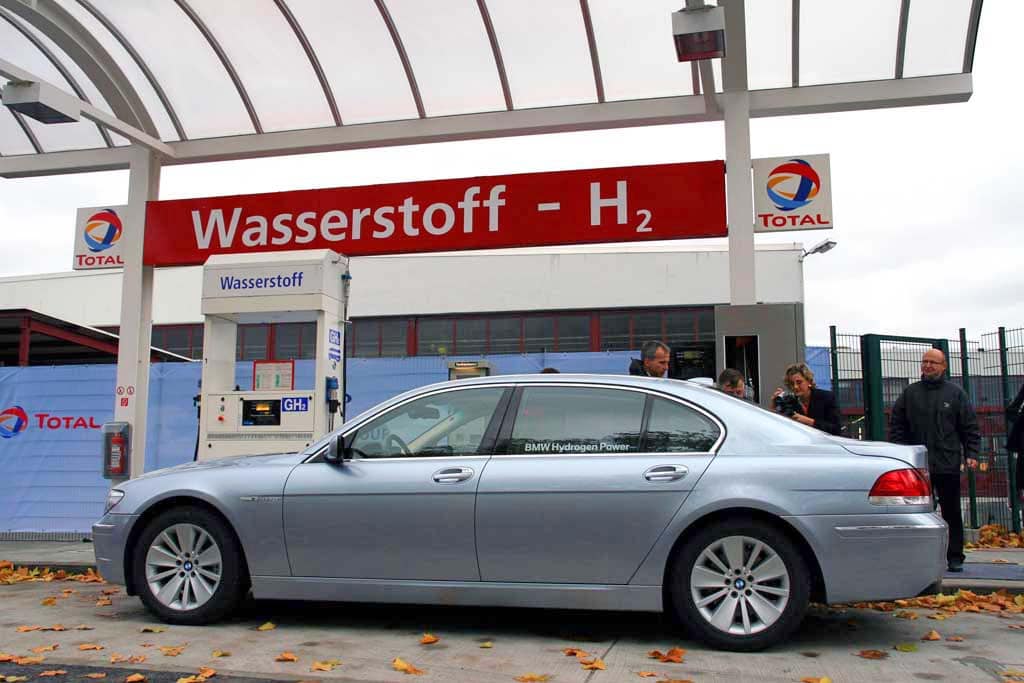
“Production of the BMW iX5 Hydrogen and the BMW-developed fuel cell systems demonstrates our supreme flexibility and unrivalled know-how in the field of small-scale manufacture,” said Milan Nedeljković, BMW’s board member overseeing production.
The iX5 actually begins as a conventional crossover assembled alongside the rest of the X5 line at BMW’s huge manufacturing complex in Spartanburg, South Carolina. It’s then shipped to Germany for modification. Among other changes, two large hydrogen tanks are fitted inside the vehicle’s center tunnel, with motors and electronics mounted in the engine compartment and under the iX5’s load floor
BMW plans to show off the new iX5, and offer more details on the vehicle and pilot program, during a presentation at the Consumer Electronics Show in Las Vegas.
The powertrain functions much like a conventional hybrid, with a small battery supplementing the motor drive system when additional power is needed, primarily under hard acceleration.
The latest addition to the hydrogen club
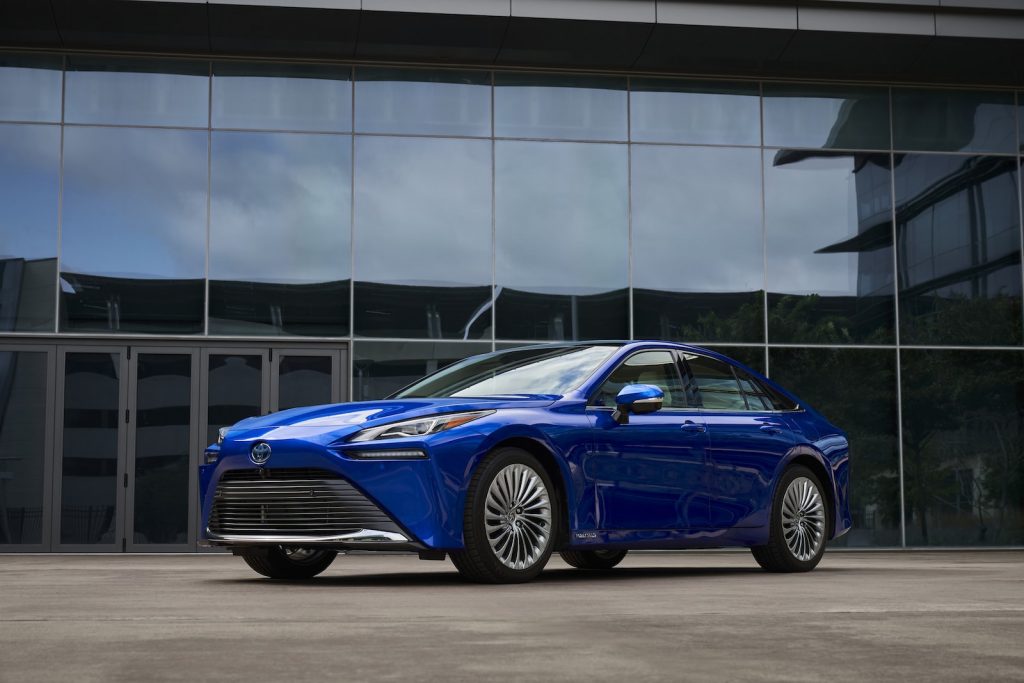
BMW now joins an exclusive club of manufacturers producing fuel-cell vehicles, a list including not only Toyota but also Honda and Hyundai.
Those models are available in select parts of the U.S. where hydrogen is available, primarily in California. There are only about 300 such service stations currently available in the U.S., with less than 1,000 worldwide.
Range advantage
The lack of a refueling network is considered one of the critical challenges in expanding the market for fuel-cell vehicles, but proponents contend they have some critical advantages. Not only are they clean — producing nothing but water vapor in their exhaust — but also they can deliver “an attractive … product range,” said BMW’s Weber.
The Toyota Mirai, for example, can offer up to about 400 miles before needing to be refilled, a figure only a handful of battery-electric vehicles can match.
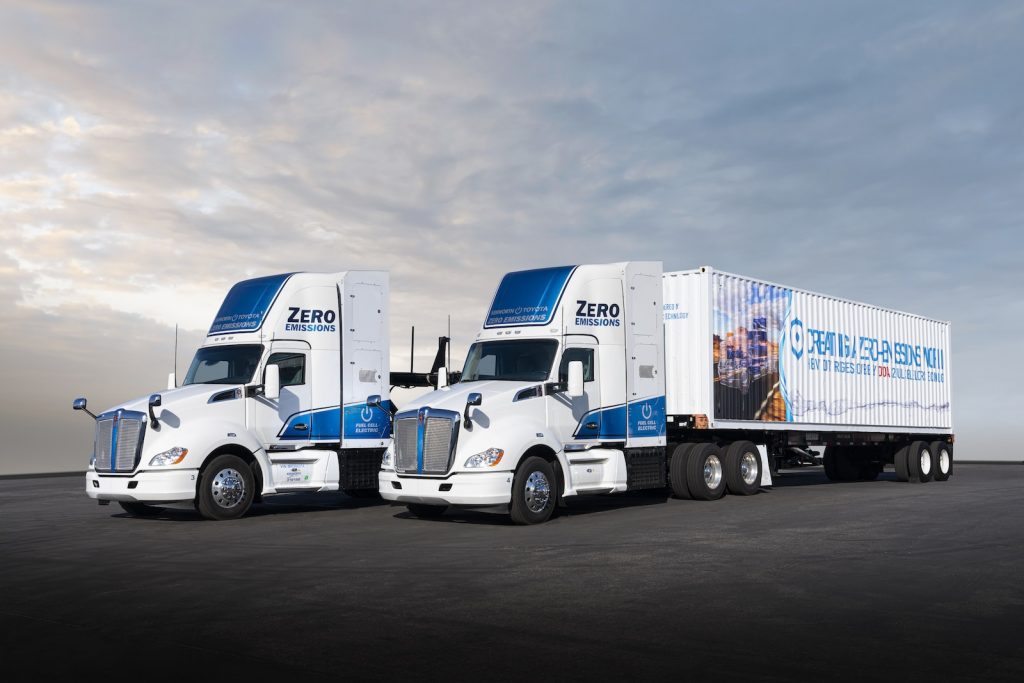
An ongoing debate
There’s an ongoing debate over whether hydrogen technology can find a place in the transportation industry. General Motors, an early fuel-cell pioneer, has entered into a joint venture with Honda to produce stacks. While the Japanese automaker is using them for vehicles like its Clarion sedan, GM is focused on stationary systems, such as remote generators.
Meanwhile, both Hyundai and Toyota are exploring applications in heavy-duty trucking. They’ve launched a small pilot fleet of trucks serving the Ports of Los Angeles and Long Beach.
Some experts believe that hydrogen could find its niche in the long-distance trucking industry where, they contend, it could deliver longer range than battery-electric technology.
At least for the moment, however, BMW has no plans to use its fuel-cell technology for trucking, officials said.







